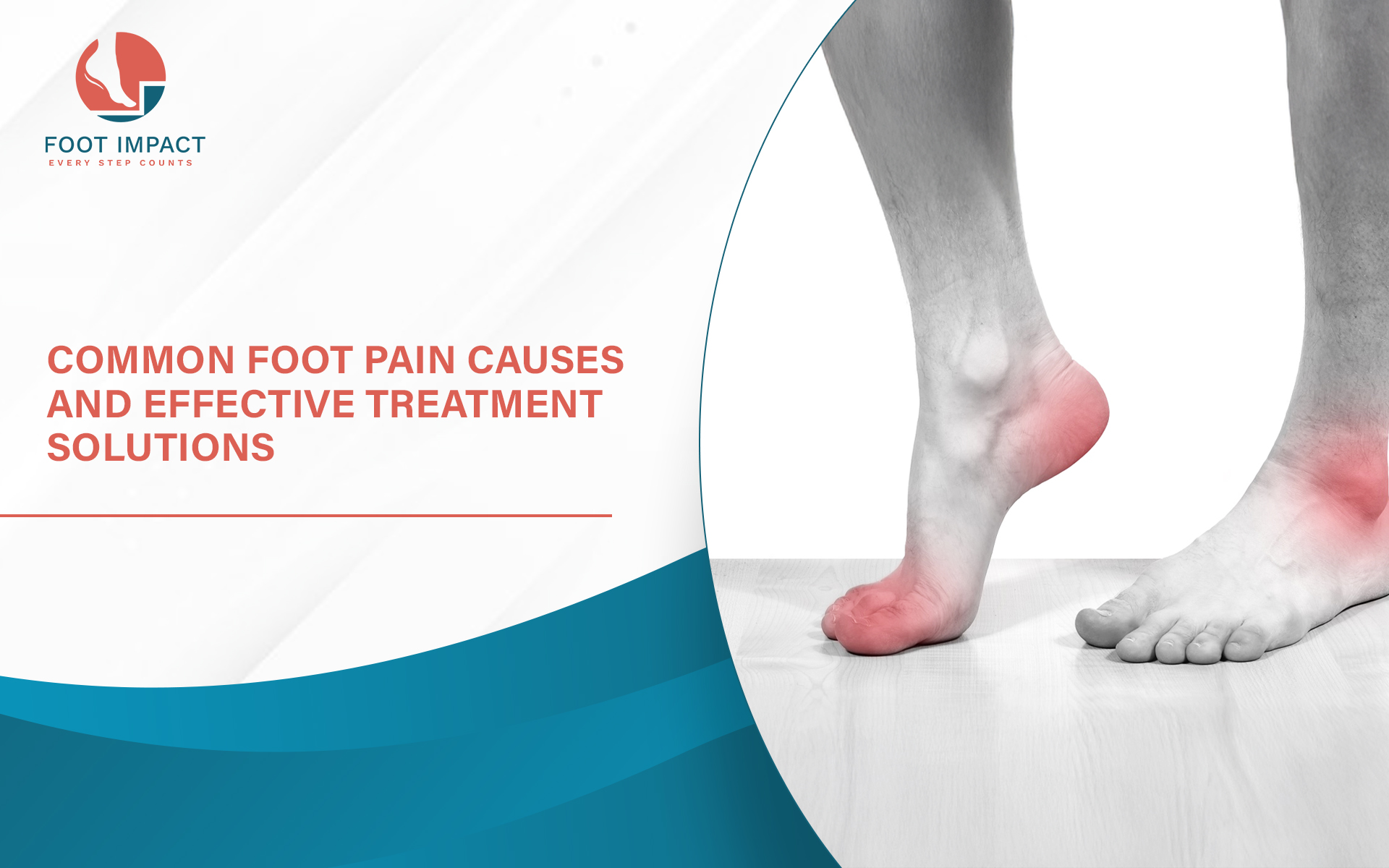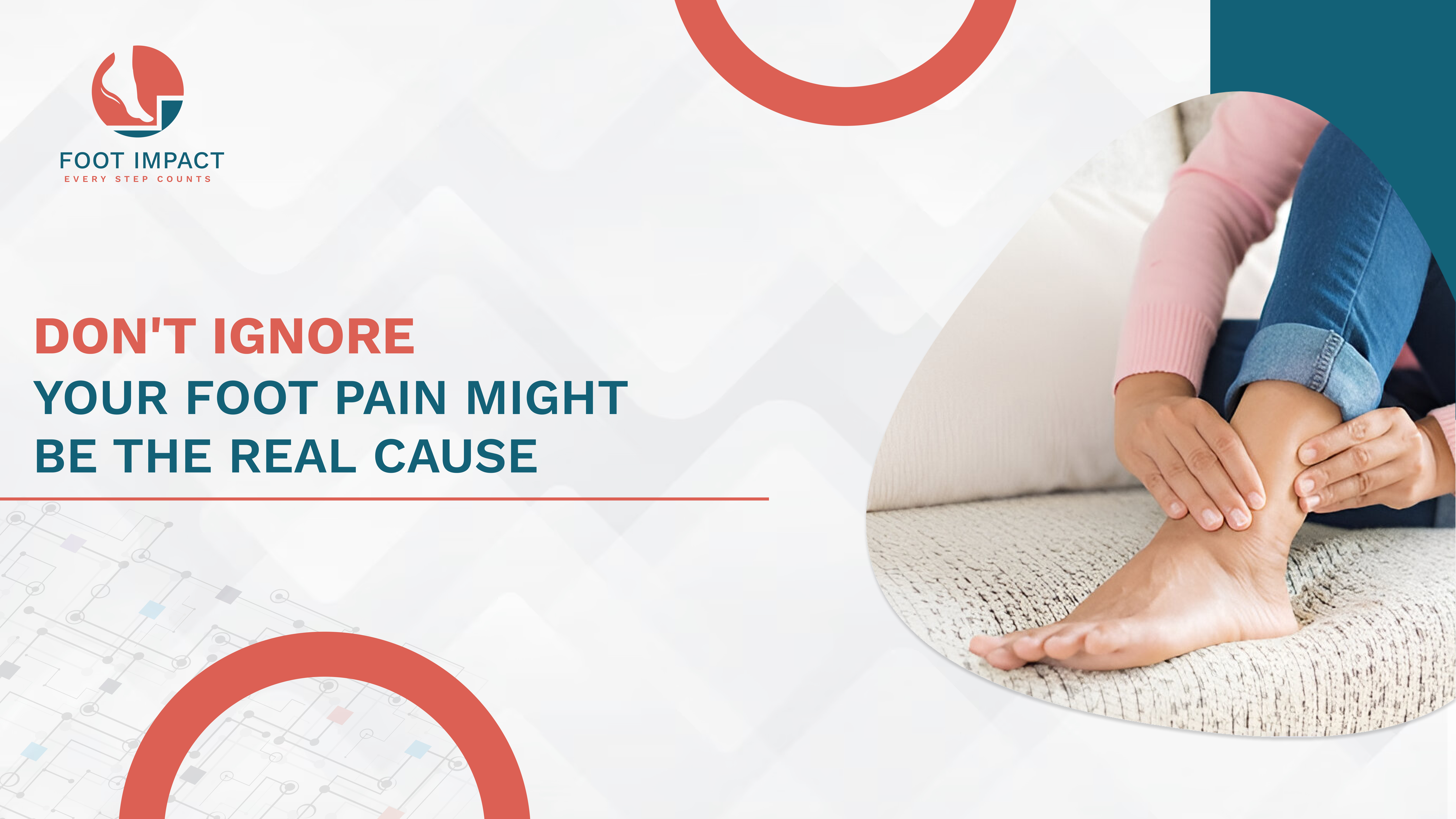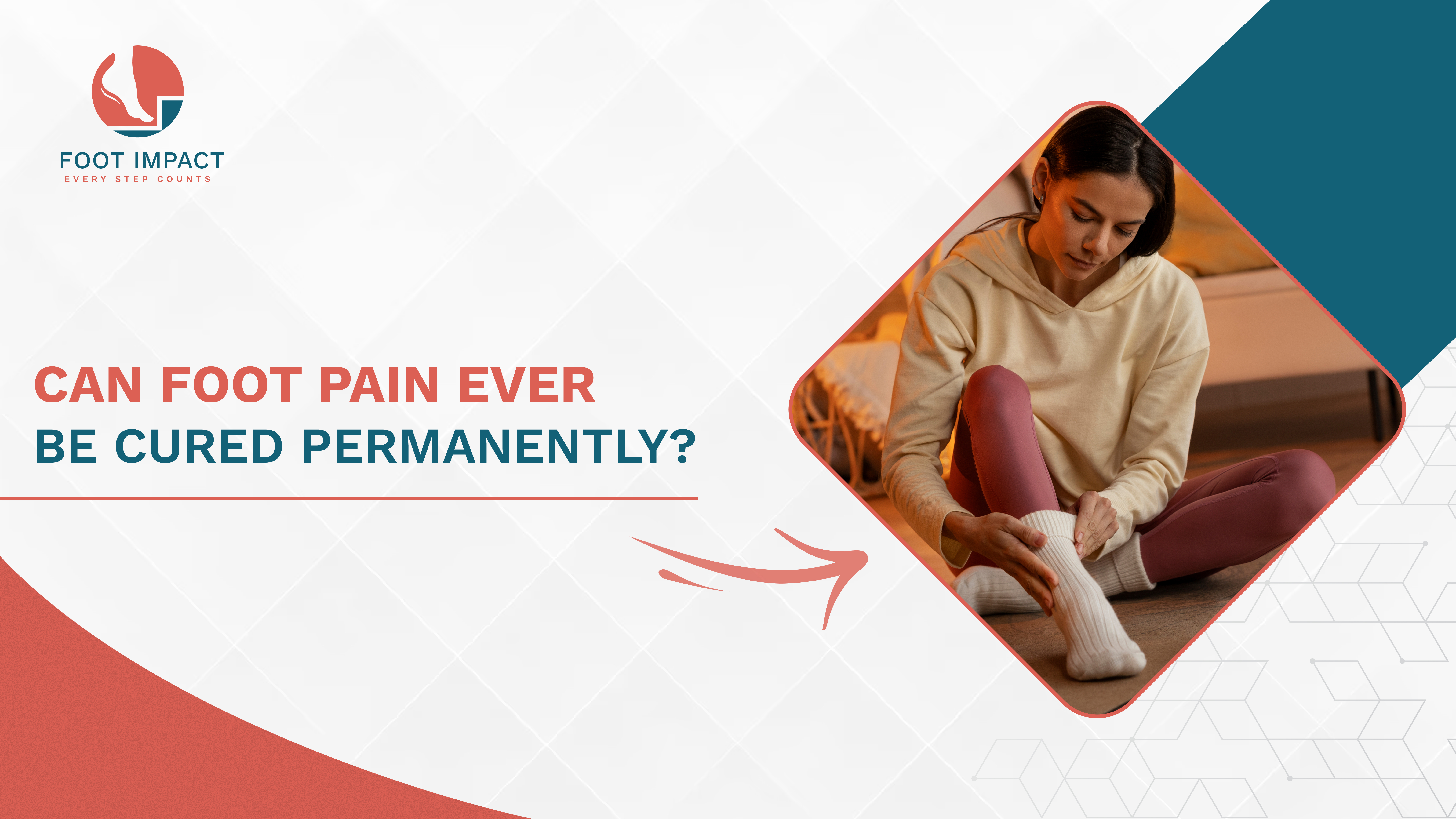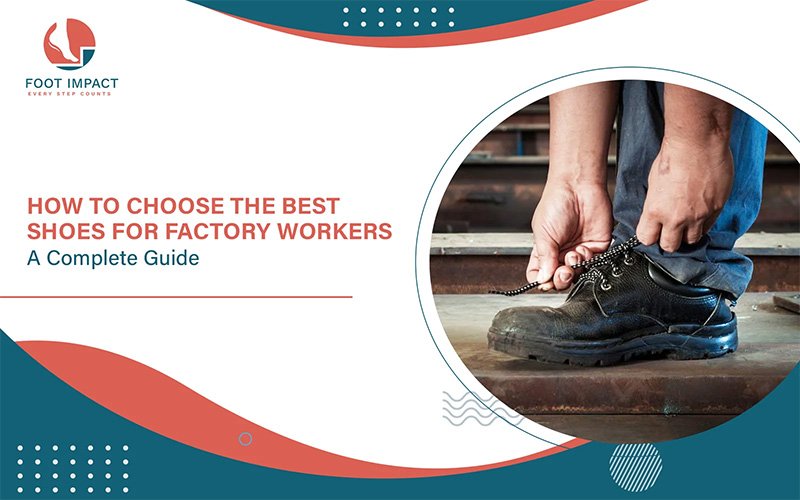Common Foot Pain Causes and Effective Treatment Solutions
Millions of people worldwide suffer from foot pain. Our feet endure constant weight/pressure of our body from daily activities like walking, standing, and running, making them prone to discomfort and injuries. Whether your foot pain is the result of overuse, injury, or an underlying medical condition, it can significantly impact your quality of life. Understanding the causes of foot pain is crucial to finding the right treatments and preventing further complications. In this guide, we'll explore the most common foot pain causes and provide effective treatment solutions to help you move comfortably again.
Understanding Foot Pain
Foot pain can arise from multiple factors. Sometimes, it’s caused by minor injuries like sprains or overuse from physical activities. Other times, it can be linked to medical conditions that require long-term management.
The most common foot pain causes include:
Injury: Accidents such as falls or twisting your foot can cause strains, fractures, or sprains.
Overuse: Activities like running, standing for long periods, or wearing ill-fitting shoes can put stress on your feet, leading to pain.
Medical Conditions: Issues like arthritis, diabetes, Morton’s Neuroma, Metatarsalgia and plantar fasciitis can also contribute to chronic foot pain.
Addressing foot pain early is important to prevent further complications. Knowing the foot pain causes helps in selecting the right treatments and preventing future problems.
Common Conditions Causes Foot Pain
Let's take a deeper look into the most common foot pain causes:
1. Plantar Fasciitis
Plantar fasciitis is one of the leading causes of foot pain, especially in the heel. The plantar fascia is a band of tissue that runs along the bottom of the foot, supporting the arch. Overuse or excessive pressure on this tissue can lead to inflammation, causing sharp pain, particularly in the morning.
Cause: Overpronation (flat feet), Supination, Overuse, obesity, or prolonged standing.
Symptoms: Sharp, stabbing pain in the heel, especially when taking the first steps in the morning.
2. Bunions
At the base of the big toe, bunions form as bony protrusions. They can develop due to foot deviation, wearing tight shoes/ heels, or arthritis. Bunions can cause significant discomfort and make it painful to wear shoes.
Cause: Foot deviation (flat feet & high Arch) Ill-fitting shoes, genetics, and arthritis.
Symptoms: Swelling, redness, and pain near the big toe.
3. Achilles Tendinitis
In this condition, the Achilles tendon, responsible for connecting the calf muscles to the heel, is impacted. Achilles tendinitis is often seen in runners or athletes but can occur due to ageing or excessive strain.
Cause: Overuse, sudden increase in activity, and aging.
Symptoms: Pain and stiffness in the back of the heel.
4. Flat Feet
In cases of flat feet, the arches of the feet lose their curvature, resulting in the entire sole of the foot making contact with the ground. While some people with flat feet do not experience symptoms, others may suffer from foot pain, especially after prolonged activities.
Cause: Genetic factors, obesity or an injury to the tendons.
Symptoms: Flat feet affect the entire posture so it can result in multiple symptoms. Pain in the arch or heel, Ankle pain, Early osteoarthritis of knee, Corn & calluses, Back pain
5. Metatarsalgia
Symptom: Painful ball of the toes majority end of the day some time during standing activities.
Causes: Week forefoot muscles, Using high heels, Faulty foot alignment
6. Arthritis
Arthritis, especially osteoarthritis and rheumatoid arthritis, can cause foot pain due to the degeneration of joints and tissues in the feet. This pain is usually chronic and can worsen with time.
Cause: Aging, autoimmune conditions, or joint wear and tear.
Symptoms: Stiffness, swelling, and tenderness in the joints.
7. Neuropathy
Foot pain can also stem from nerve-related issues, such as neuropathy. This is common in individuals with diabetes and can cause burning, tingling, or numbness in the feet.
Cause: Diabetes, nerve damage, or injuries.
Symptoms: Tingling, burning pain, or numbness.
Effective Foot Pain Treatment Solutions
Once the causes of foot pain are identified, treatment can begin. In general people try with medicines , therapy etc. but most of the above conditions keep coming back.
Hence it is very important to identify root cause of the issue & treat accordingly
The Podiatrist doctor analyze patients foot arches, posture & gait pattern to diagnose core issue.The appropriate treatment will vary depending on the underlying issue. Here are some effective solutions for different causes of foot pain:
1. Rest and Ice Therapy
For injuries such as sprains, stress fractures, or Achilles tendinitis, resting the foot and applying ice can help reduce inflammation and pain. For the optimal healing process of injured tissues, adequate rest is essential.
Recommendation: Apply ice for 15-20 minutes, several times a day, and avoid activities that put stress on the foot.
2. Orthotics Corrections:
As mentioned earlier, the root cause of the issue is faulty foot alignment. It's very important to start with custom orthotics but not off the shelf.
Wearing the right shoes can prevent and alleviate foot pain caused by conditions like plantar fasciitis, bunions, and flat feet. Proper arch support, cushioning, and the correct fit are essential for reducing pressure on your feet.
Recommendation: Choose shoes with good support and avoid high heels or tight shoes that can worsen conditions like bunions.
3. Physical Therapy and Stretching
Exercises that strengthen the muscles in your feet and improve flexibility can help reduce pain from plantar fasciitis, Achilles tendonitis, and arthritis.
Recommendation: Stretch the Achilles tendon, perform calf raises, and use foot-strengthening exercises under the guidance of a physical therapist.
For people with flat feet, plantar fasciitis, or high arches, custom orthotics or insoles can provide additional support and cushioning, helping to redistribute weight and reduce foot pain.
Recommendation: Consult a podiatrist for custom orthotic inserts to provide tailored support.
4. Medications
Over-the-counter pain relievers like ibuprofen or acetaminophen can reduce inflammation and pain caused by arthritis, bunions, and other conditions.
If you have deficiency of Vitamin D3 or B 12 that need to manage with proper medicines
Recommendation: Use pain relief medication as directed and consider consulting a doctor for prescription options if over-the-counter solutions are ineffective.
6. Surgical Options
Foot surgeries are very complicated. One should have to try conservative treatment first and then only take conscious decisions for surgery.In severe cases of foot pain, such as advanced bunions or persistent Achilles tendinitis, surgery may be required to correct the underlying problem.
Recommendation: Consult an orthopaedic surgeon to discuss if surgery is necessary, especially for chronic conditions unresponsive to other treatments.
Prevention Tips for Foot Pain
Preventing foot pain is key to maintaining healthy, pain-free feet. Here are some tips to help reduce your risk of developing foot pain:
Wear Proper Footwear: Choose shoes that fit well and offer good arch support.
Maintain a Healthy Weight: Excess weight puts more strain on your feet, increasing the likelihood of pain.
Stretch Regularly: Incorporate foot and calf stretches into your daily routine to improve flexibility and prevent stiffness.
Listen to Your Body: Avoid overusing your feet and give them adequate rest, especially after strenuous activity.
Manage Underlying Conditions: If you have medical conditions like diabetes or arthritis, work with your doctor to manage them effectively and prevent foot complications.
Conclusion
Foot pain can have many causes, but with the right diagnosis and treatment, relief is within reach. Understanding the common foot pain causes, from overuse injuries like plantar fasciitis to chronic conditions like arthritis, is the first step toward recovery. By taking proactive steps—such as wearing supportive shoes, stretching, and resting when necessary—you can minimise discomfort and get back to your daily activities pain-free. If your foot pain persists, it's essential to consult a healthcare professional for further evaluation and tailored treatment.



